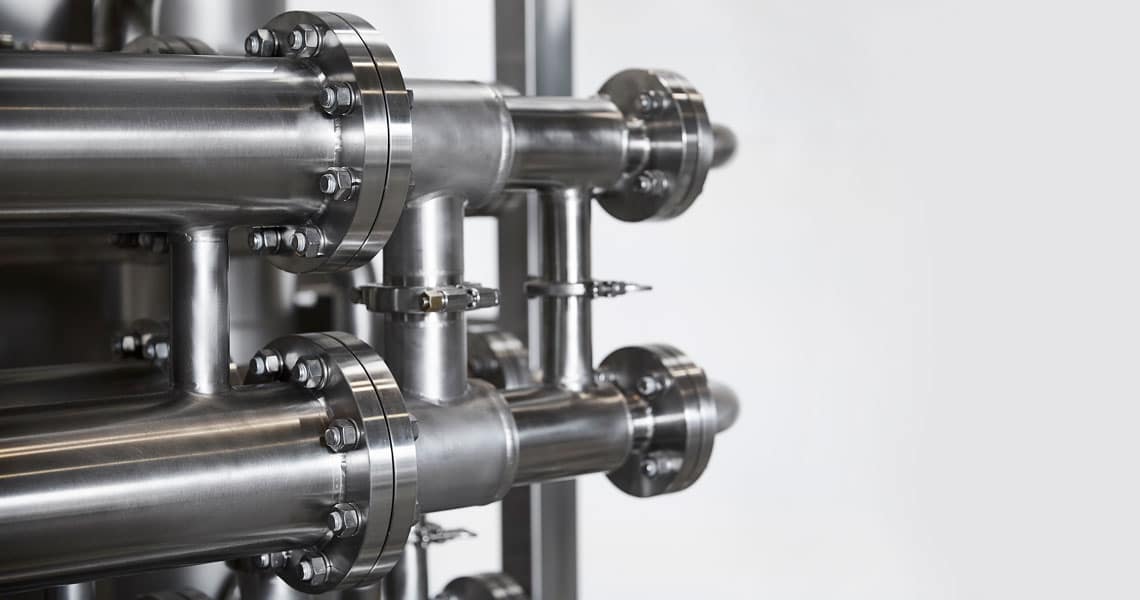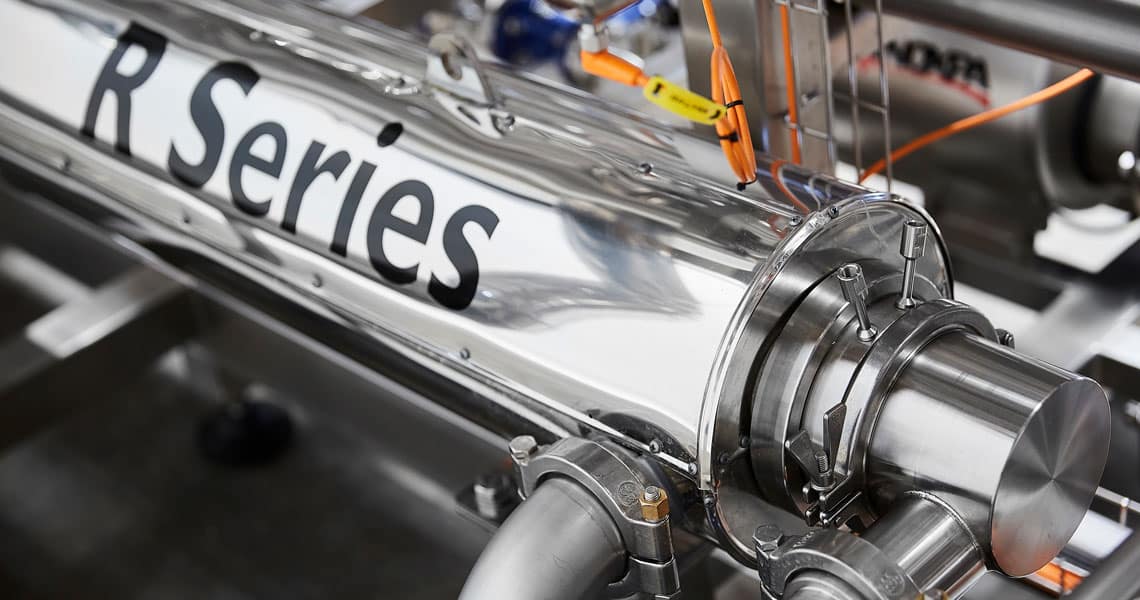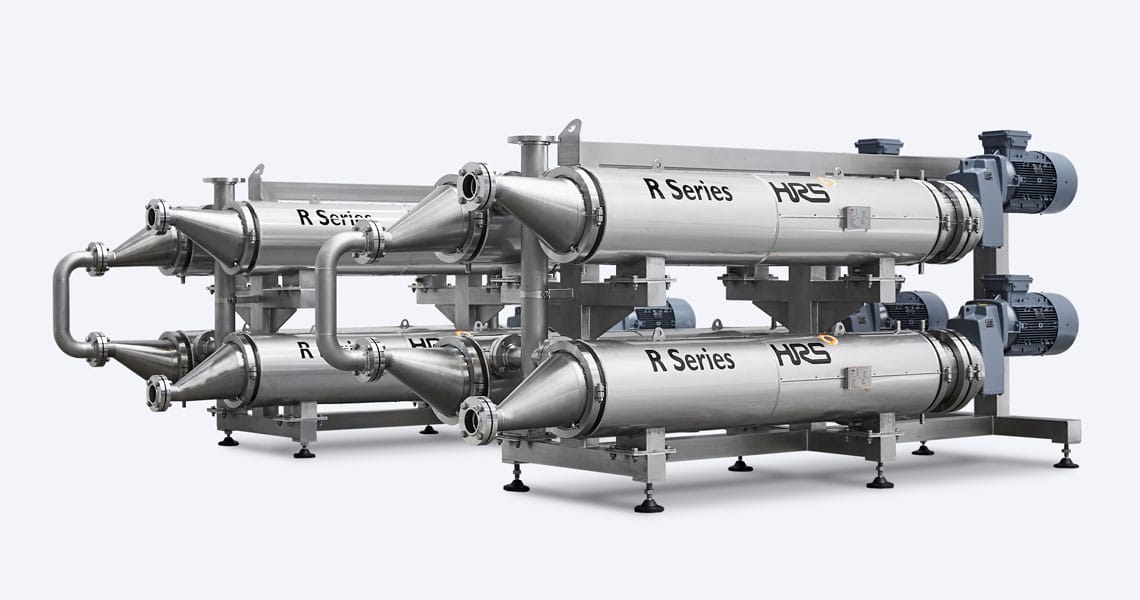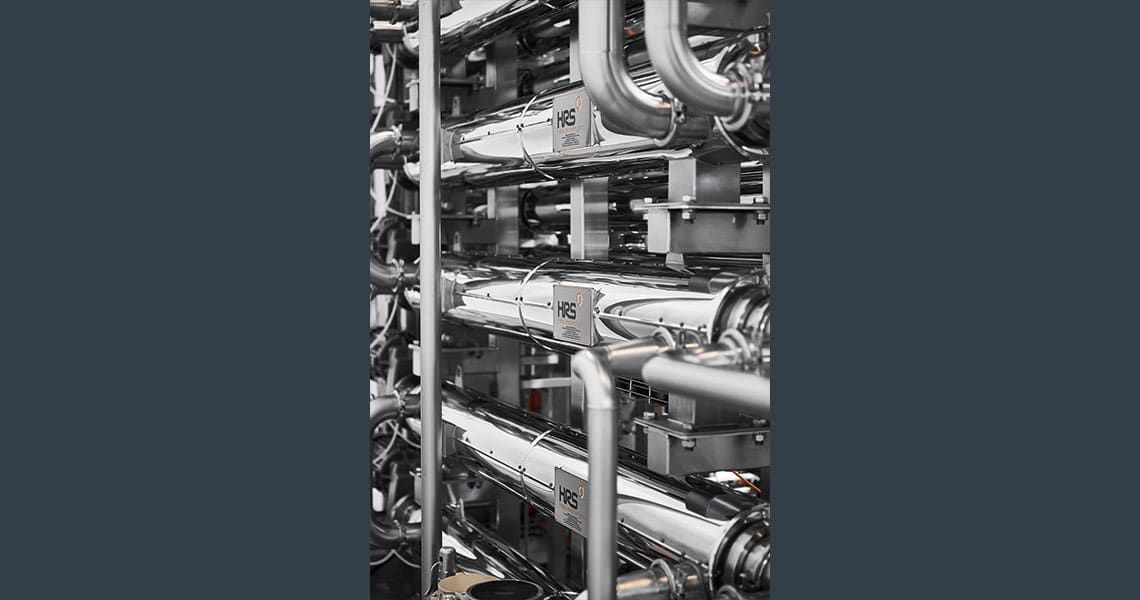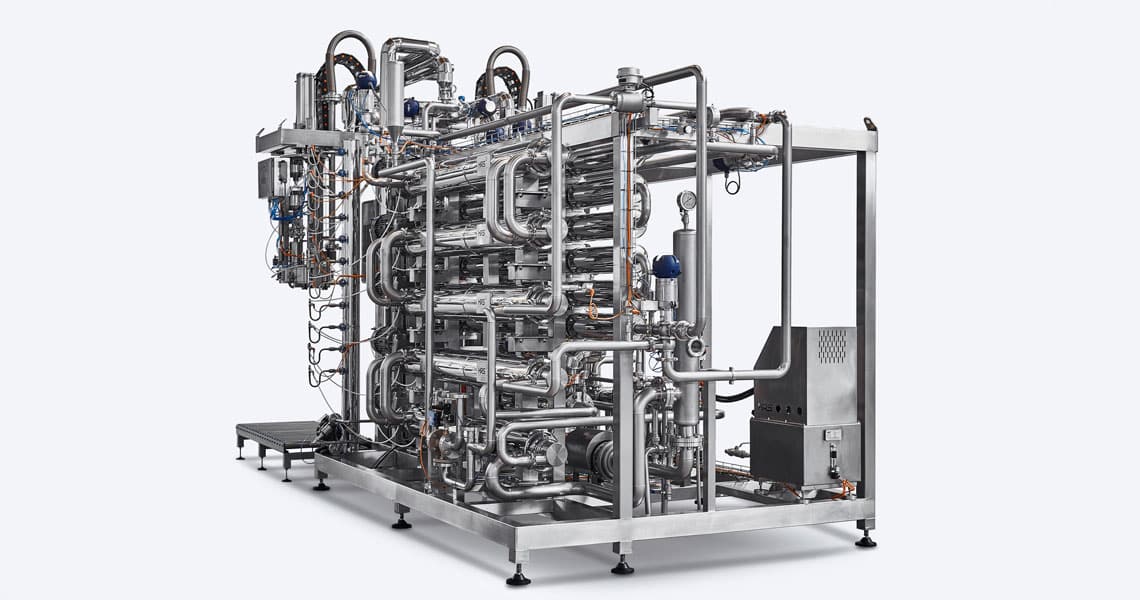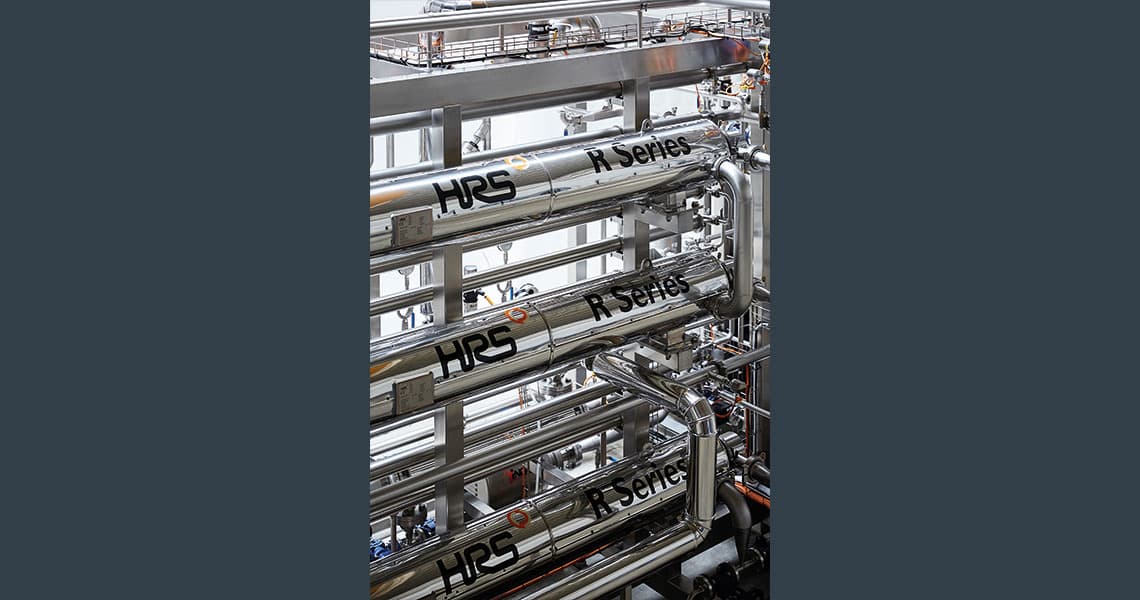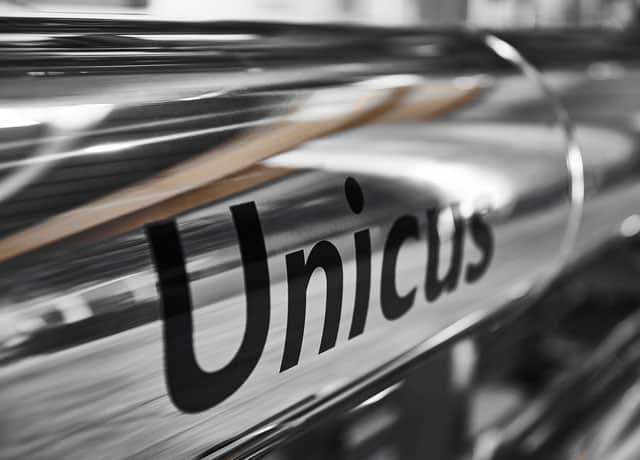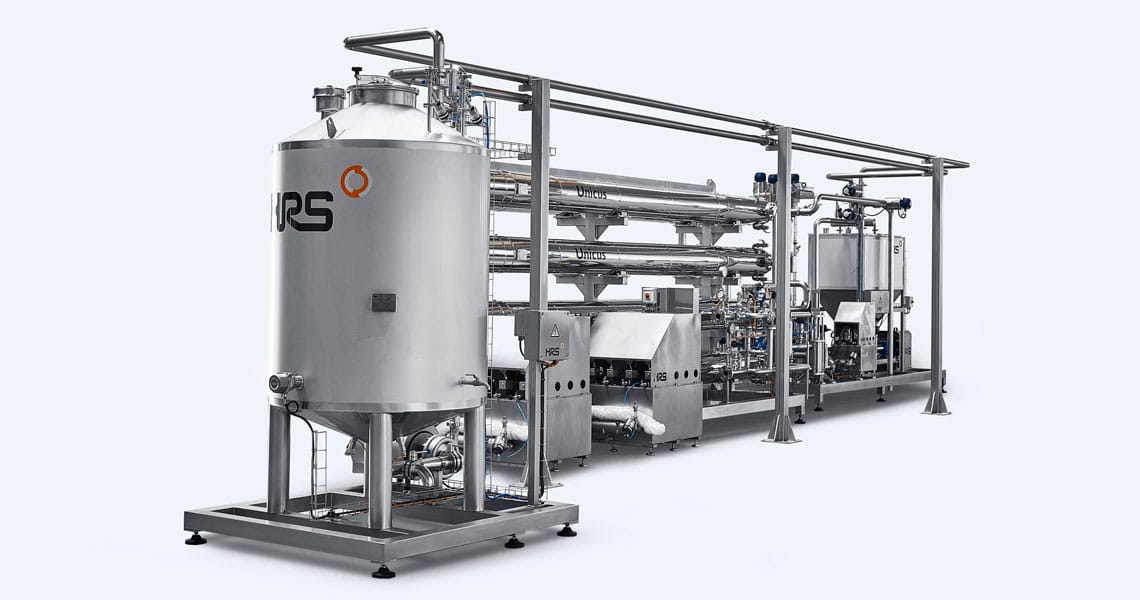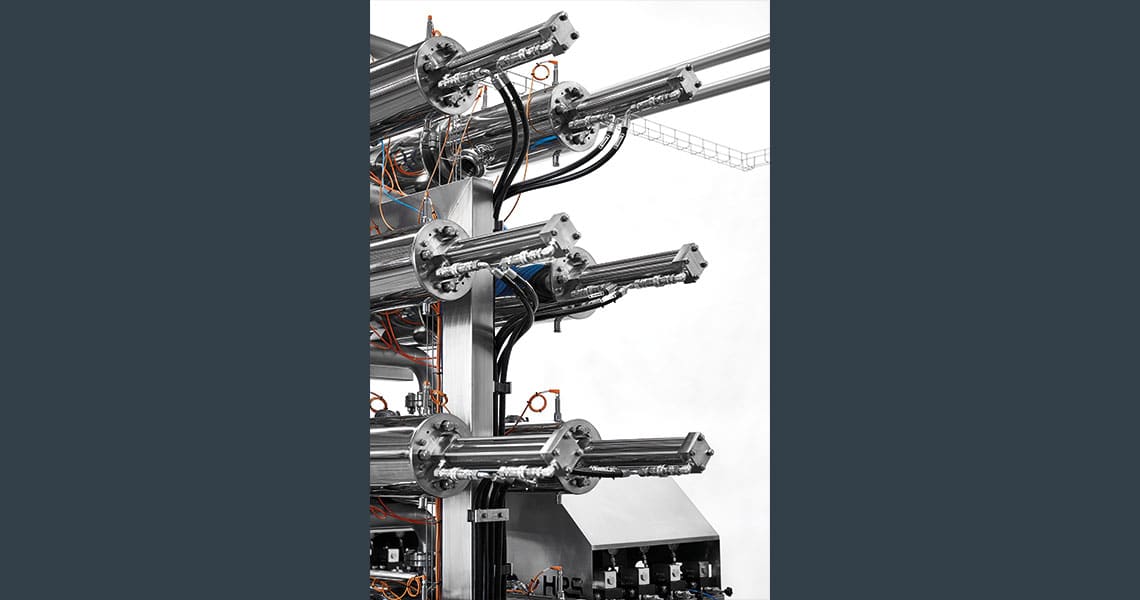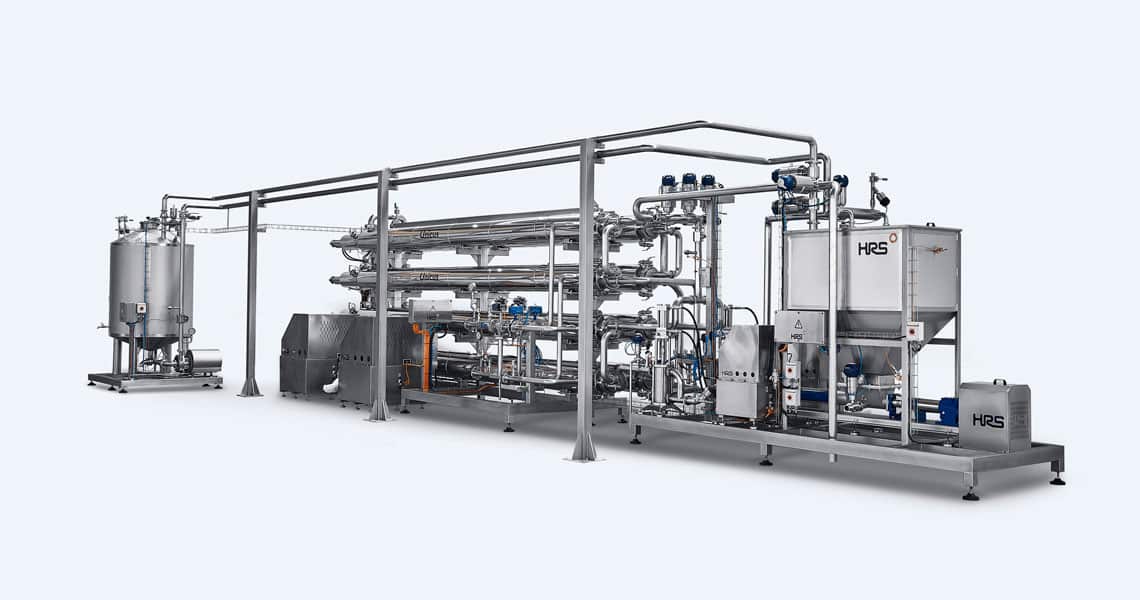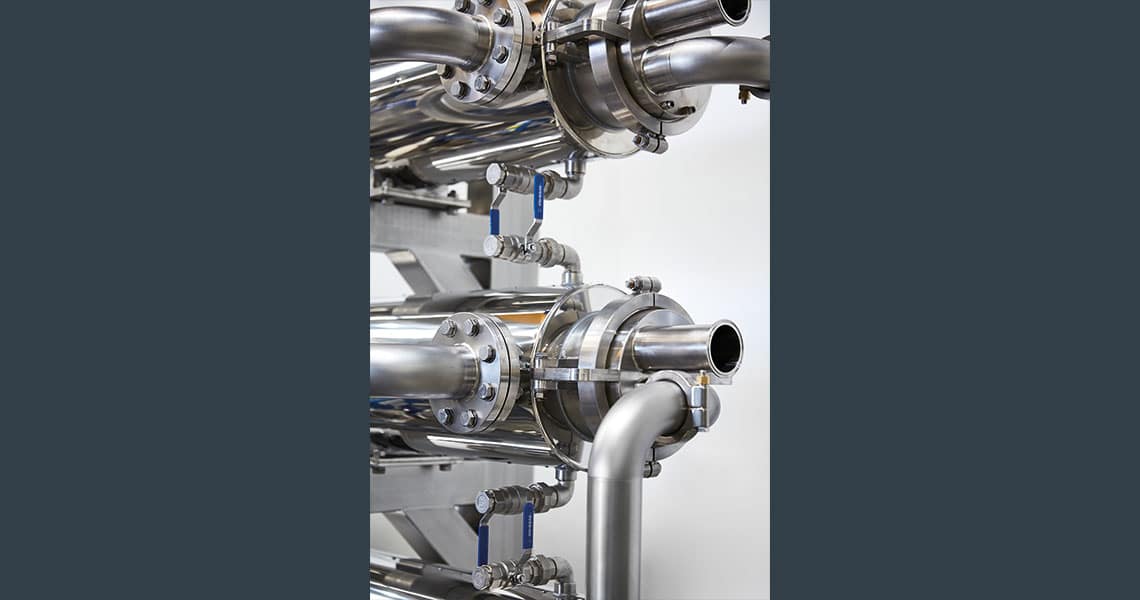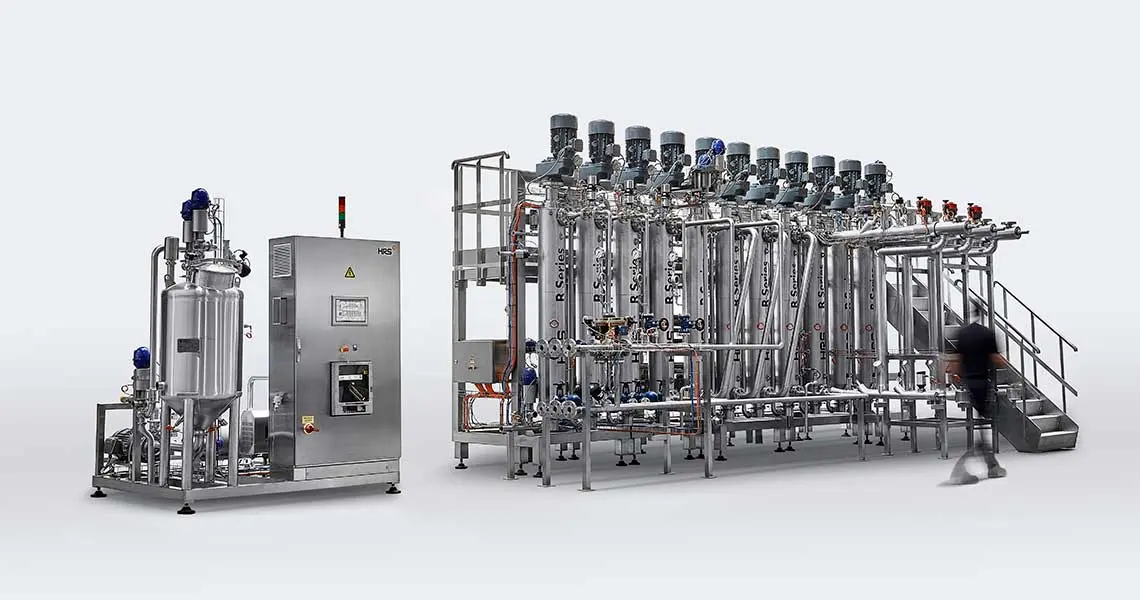Scraped Surface Heat Exchangers
For difficult heat transfer applications, with high viscosities and where fouling can become a problem and surface area of shell & tube heat exchangers becomes uneconomical, the preferred option is a scraped surface heat exchanger. Scraped surface heat exchangers increase heat transfer and the heat transfer surface is constantly cleaned.
HRS offers two technologies for scraped surface heat transfer: the patented Unicus Series which reciprocates and R Series which rotates, each are designed for specific applications.
Benefits
HRS Heat Exchangers designs and manufactures scraped surface heat exchangers for applications where either one or both of the following problems require special solutions: fouling that causes heat transfer rates to drop and viscous fluids with extremely low heat transfer rates. The main benefits of scraped surface heat exchangers are:
-
Optimal performance and increased ‘up-time’
-
Ability to handle highly viscous fluids
-
Increased heat transfer
-
Keeping the heat transfer surface constantly clean
-
Larger heat transfer area per unit
-
Reduced footprint compared to standard shell & tube heat exchangers
-
Maintained product identity (Unicus)
Products
Reciprocating Scraped Surface Heat Exchangers - HRS Unicus Series
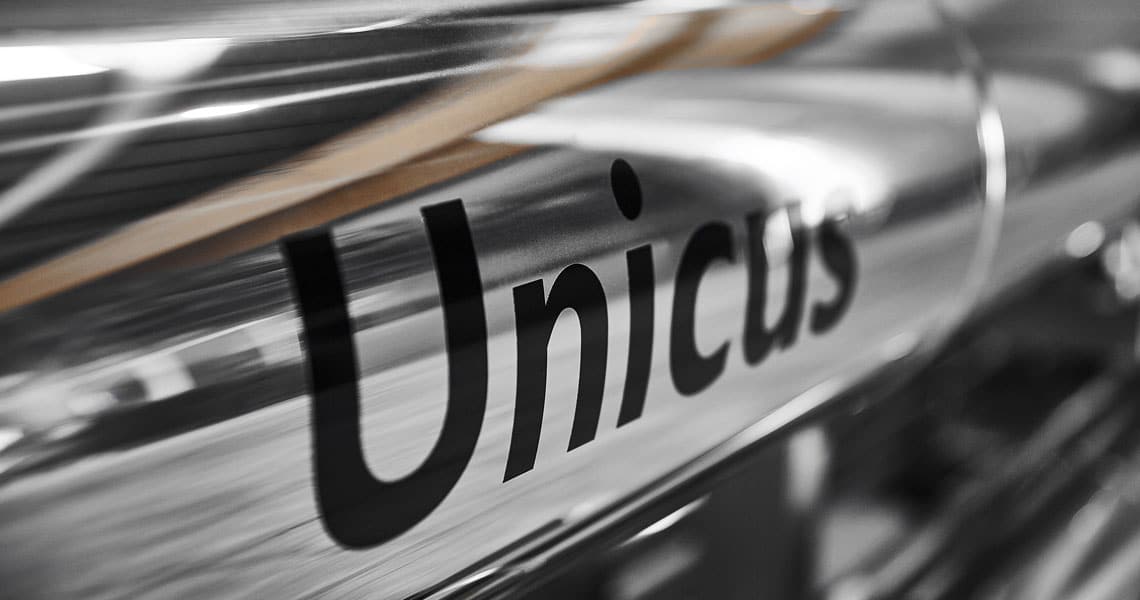
The patented HRS Unicus Series is a scraped surface heat exchanger specially designed and developed to offer a solution for those difficult heat transfer applications where very viscous fluids are use...
FAQ
A Scraped Surface Heat Exchanger (SSHE) is based on a traditional shell and tube heat exchanger; they contain scraping rods or bars fitted with scrapers, inside each heat exchanger tube. Used in food & beverage, pharmaceutical, industrial, and environmental applications. They are ideally suited for highly viscous products. HRS offers the patented Unicus scraped surface heat exchangers that works on a reciprocating movement and the R Series which rotates.
The benefits of scraped surface heat exchangers are:
- Optimal performance and increased ‘up-time’
- Ability to handle highly viscous fluids
- Increased heat transfer
- Keeping the heat transfer surface constantly clean
- Larger heat transfer area per unit
- Reduced footprint compared to standard shell & tube heat exchangers
- Maintained product identity (Unicus)
Scraped Surface Heat Exchangers are used for difficult heat transfer applications, with high viscosities and/or where fouling becomes a problem, the preferred option is a scraped surface heat exchanger. Scraped surface heat exchangers keep heat transfer high and the heat transfer surface constantly clean.
The SSHE cleans the inner wall of the tubes and creates turbulence. This means longer running time and eliminates fouling. The alignment of the particles (laminar flow) is broken when the bars are moved creating extra turbulence, which increases the heat transfer coefficient.
In the food applications the Unicus is used when product identity or sheer sensitivity are important, and environmental applications where Scraped Surface Heat Exchanger’s are required with a large surface area per unit. The R Series is used in applications where shear and mixing of the product are needed.
Latest Blogs
Top Tips To Reduce Pet Food Waste During Processing
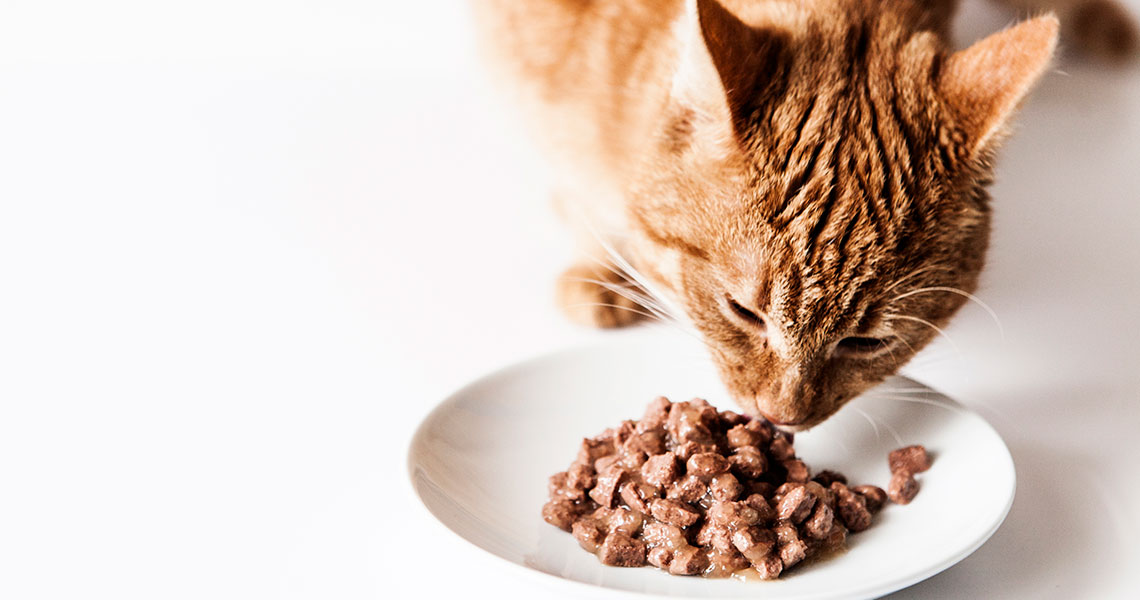 February 8 2024 | By Matt Hale
February 8 2024 | By Matt Hale
The Right Recipe for Scraped Surface Heat Exchangers
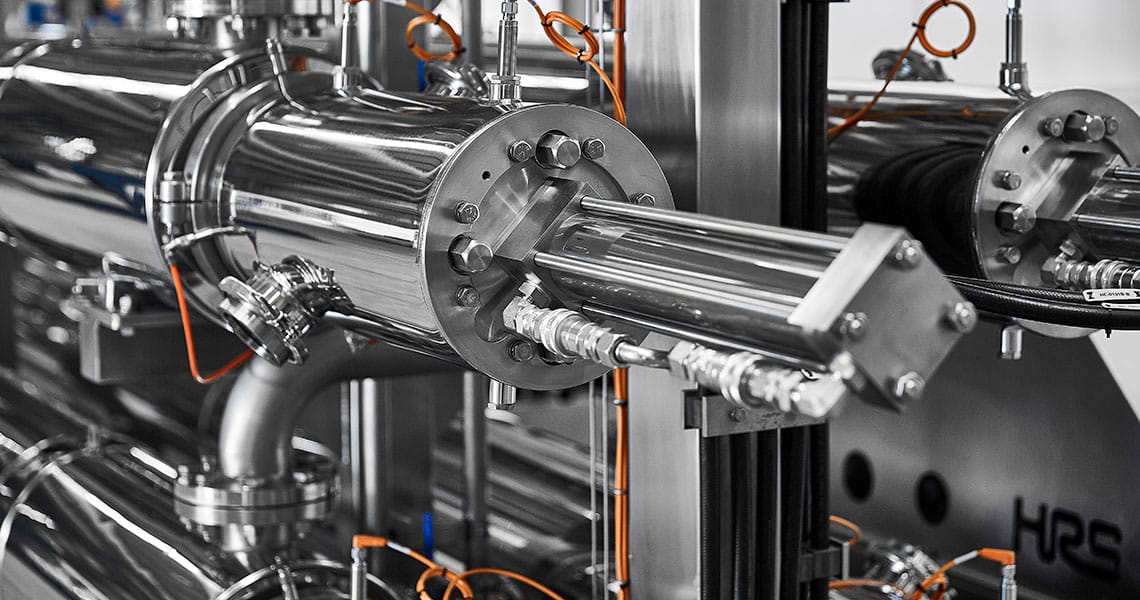
Top Tips to Reduce Food Waste During Processing
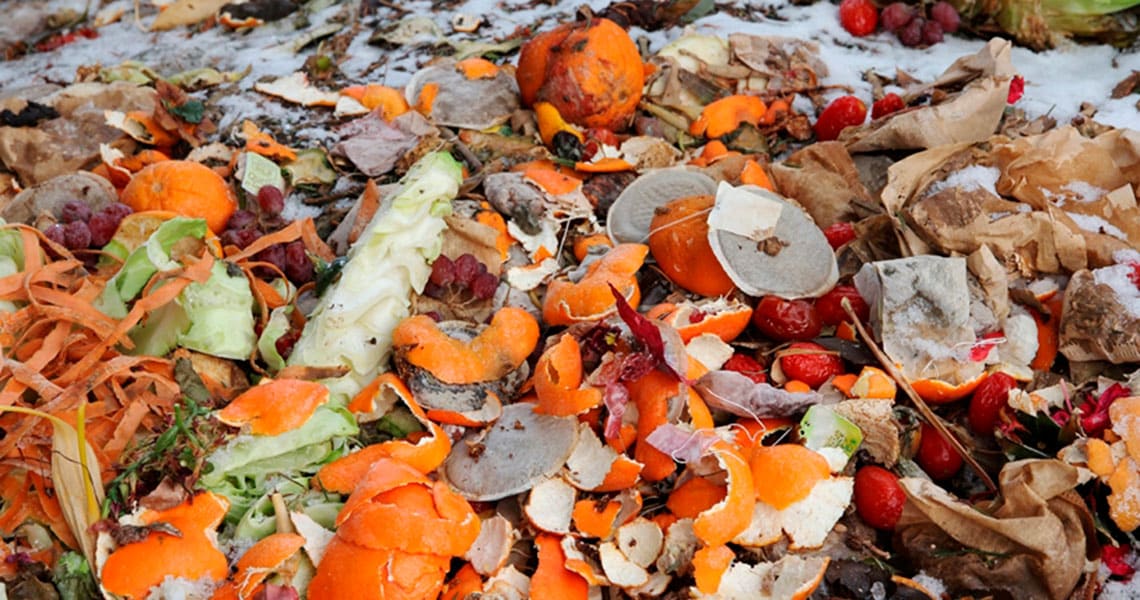
Energy Efficient Food Processing Solutions
